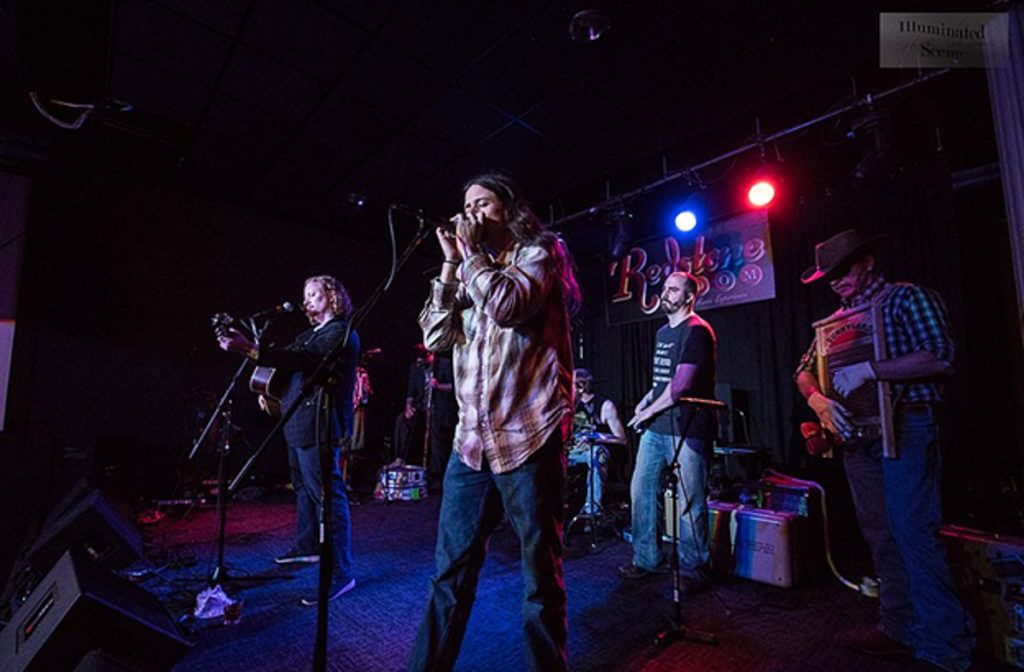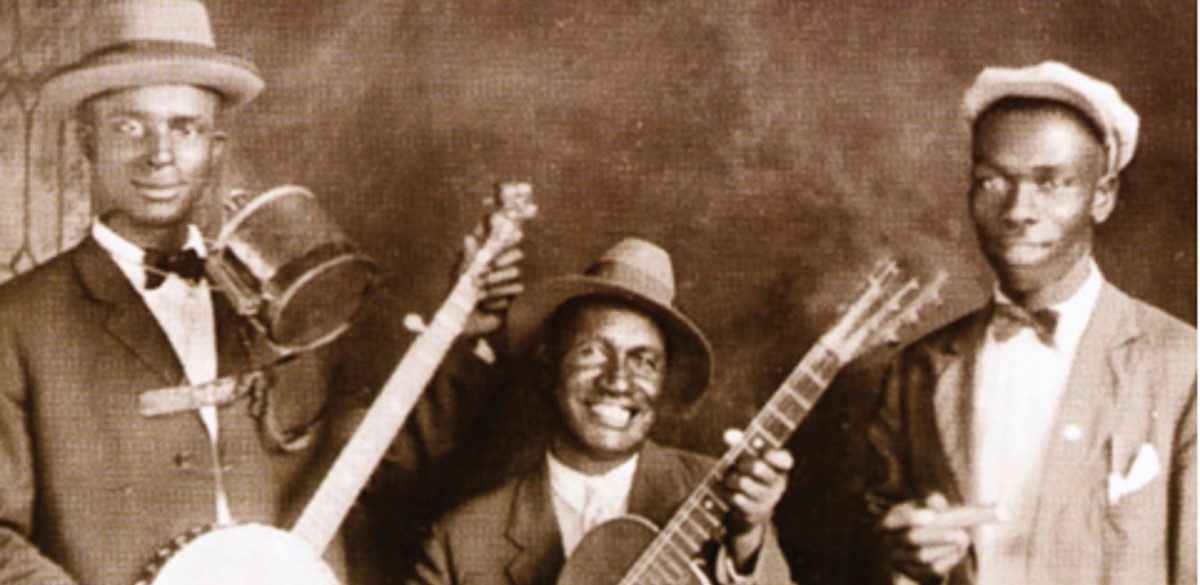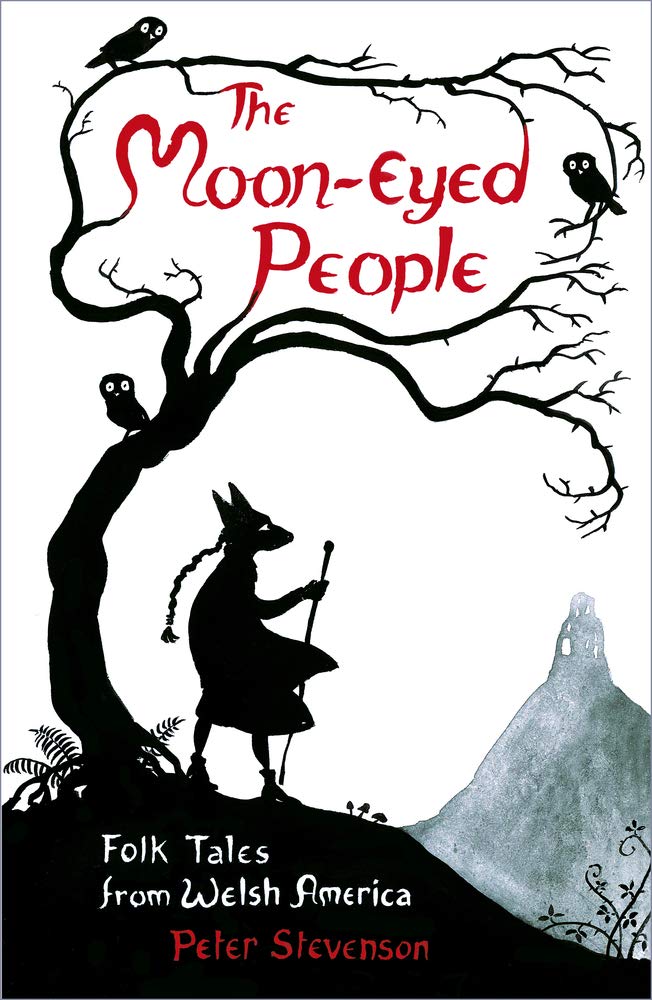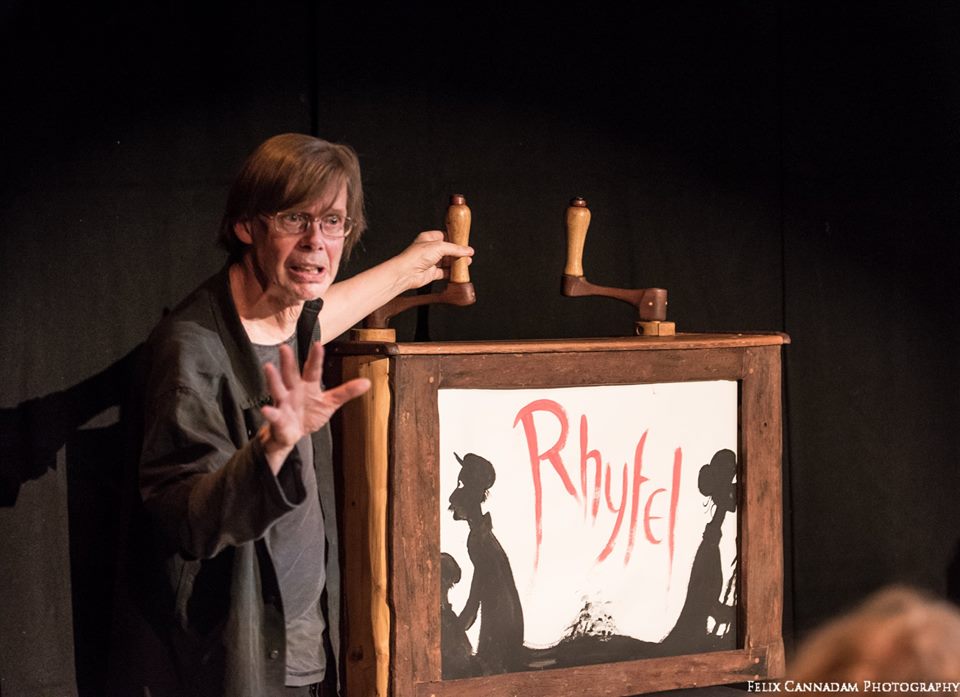“Instrument Interview” posts are a chance to sit down with the instruments of traditional, country, bluegrass, and roots music – from different types of instruments to specific ones related to artists, luthiers, and songwriters – and learn more about them. Ten questions are posed, and the instruments answer! Today we caught up with the jug, a very interesting instrument who had a lot to say about what it’s like to be in a jug band.
1. Tell me a little bit about yourself.
I’m a jug that is used as an instrument. I play in a type of band that is called a jug band, but there are lots of other interesting instruments in these types of bands other than me. I’m a household object that was converted into a musical instrument.
2. Jugs are made to be containers, so how did you become an instrument?
I come from a long line of innovators. These are the type of creative people that make things from what they’ve got in their surroundings. Many early jug bands were made up of African American musicians from the world of vaudeville, musicians who performed in traveling medicine shows, and sometimes just people at home creating their own instruments. And jugs like me first started being recorded in jug bands in places like Kentucky and Tennessee in the 1920s and 1930s.
For some jug band musicians, perhaps they didn’t have the money for or access to instruments, and so they decided to pick up and modify things like jugs, washboards, spoons, and other things to make music to entertain themselves and their community. People have been making music out of everyday items and things they find just lying around for centuries.

3. Can any old jug be an instrument?
Sure! You can make music with any old milk jug or even something like a Snapple bottle, and I definitely encourage you to make music with anything you can find. Next time you find yourself with an empty bottle or jug, see how many ways you can make music with it. I promise it will brighten your day, and you won’t regret having a little fun making music. However, a jug is not much without the other instruments in the jug band.
4. How are you played?
There are multiple ways to play a jug. Since it wasn’t originally intended to be an instrument, there are far fewer rules on how to do it right so feel free to improvise! Lots of people think that to play a jug, you blow across the top of the opening like you’d play a flute, but there’s actually a lot more spit involved than that. You could do it that way, but normally in a jug band, players will buzz into a jug with their lips like you’d do to play the trumpet.
5. What do you sound like? And what about the band as a whole?
I make a sound that is kind of like a trombone-like tone, and it is often low on the musical scale. And the sound I make is also influenced by the material I am made of and my size. As a whole, a jug band typically plays music that sounds like a blend of blues, jazz, rag-time, and rock-and-roll. This is because jug bands were a precursor to all of these genres of music. Jug band music is a community and joy-based type of music, and since the instruments are so versatile and unique, it’s a great medium for innovation and creating new sound. This is how jug bands influenced the music from a variety of genres.

6. What are the roles of the different instruments in a jug band?
The washboard, the bones, and the spoons provide percussion and rhythm for a jug band. The washtub base, the jaw harp, comb and tissue paper, some other modified stringed instruments, as well as the jug take the other places in a jug band. Some bands have just a few of these instruments, but others have many more depending on the sound that the band is trying to achieve. And often more “typical” instruments like the guitar or banjo are also included in the band. It’s a bit of a mix-and-match situation.
7. Why did people start making music with jugs?
People started to make music with jugs for the same reason everybody starts to make music – because they love it and wanted to come up with a way to entertain themselves and the people around them. This motivation based on love comes into the origin stories of just about all instruments. Even the simple ones like me. Throughout history, it has taken innovation and the creative use of ordinary objects and different materials to make music.
8. When instruments are more accessible today, why do people still play the jug? Why are you and other homemade instruments still relevant?
One reason that jug bands are still relevant is that the history of music is something that should be remembered and celebrated, and playing the music is one of the best ways to learn about it. Another way jug bands stay relevant is through modern music. Folk musicians and other musicians take inspiration from the unique sound of a jug band and adapt it to contemporary music. This brings a historical element to their music as well as a new and interesting sound. The main reason overall that a jug band and its instruments are still relevant is that the instruments are fun to play and listen to, and just about anyone can learn to play because a lot of the instruments are ones that you can find easily or make.

9. How do homemade instruments like you fit into an Appalachian/Southern identity?
Both of these identities consist very much of holding things like community as a high priority. There’s not much people like to do more than get together and listen to music. Also, very important to a Southern and Appalachian identity is resilience in the face of adversity. In an area that struggles with poverty, the people are known for finding creative and innovative ways to do things like make music – and to produce wonderful instruments to help them do so!
10. Is there anything else you’d like to add about yourself?
Before I leave, I’d like to emphasize the importance of making music with whatever you find in your environment and doing it for fun. If it wasn’t for people looking around for ways to have a good time making music with things like jugs and seemingly silly household objects, we wouldn’t have the blues and rock music that we love today. So next time you feel like being silly and making music with a strange object, do it. You might just invent a new genre of music!
Gracie Osborne was an intern at the Birthplace of Country Music Museum this past summer, helping with curatorial work and visitor experience. She is an anthropology student at Radford University.






